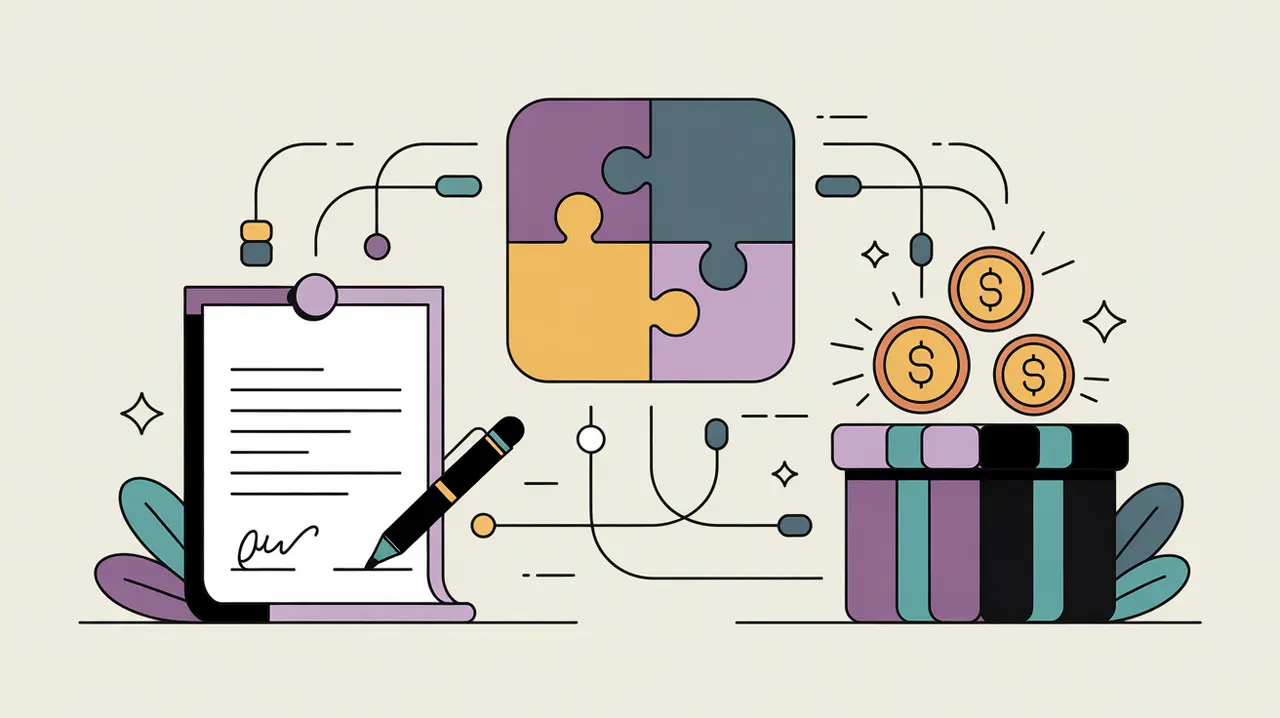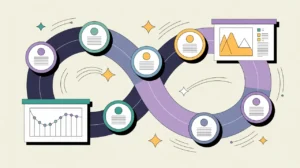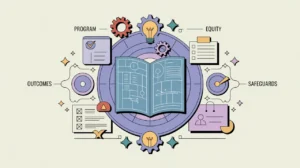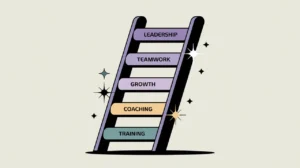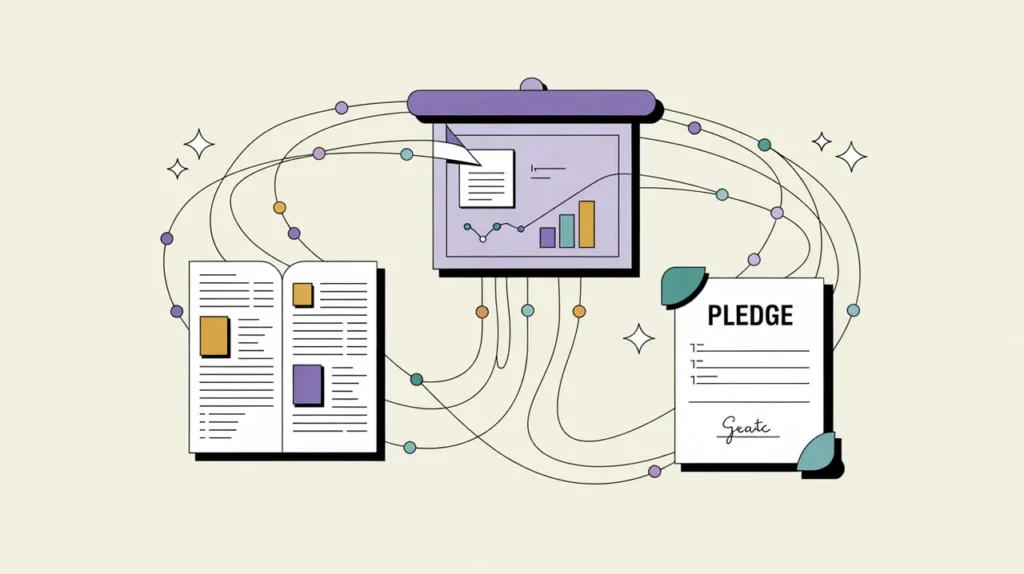What Does Fundraising Negotiation and Closing Involve?
Fundraising negotiation and closing is the stage where a donor’s interest is transformed into a formal commitment. It involves finalizing the size, structure, and conditions of a gift, ensuring both donor and organization are aligned on expectations. Negotiation is not adversarial; it is a process of clarifying mutual interests and confirming terms that benefit both sides.
In practice, this stage includes discussing recognition, reporting requirements, timelines, and restrictions on funds. It may also involve aligning donor intent with organizational capacity, such as adapting a gift to support priority programs while respecting donor wishes. Closing culminates in signed agreements, pledges, or contracts, followed by celebration of the commitment.
When nonprofits mishandle negotiation, they risk either leaving resources on the table or agreeing to terms they cannot meet. Strong negotiation ensures commitments are realistic, sustainable, and transparent. Effective closing reinforces trust, making the donor feel confident that their investment is valued and impactful.
What Competencies are Associated with this Role?
Negotiation and closing require diplomacy, confidence, and clear communication. Competencies include:
- Facilitating discussions on gift size, purpose, and conditions
- Balancing donor intent with organizational priorities
- Drafting and reviewing pledge agreements or contracts
- Negotiating recognition and reporting requirements
- Managing restricted vs. unrestricted gift conditions
- Coordinating with legal, finance, and program teams on feasibility
- Documenting agreements in CRM and finance systems
- Building donor confidence through clarity and transparency
- Maintaining professionalism under pressure
- Celebrating commitments appropriately to strengthen relationships
How Might AI and Automation Help this Role?
AI and automation can provide valuable support in negotiations and closings. Opportunities include:
- Generating draft pledge agreements from templates
- AI-assisted analysis of donor history for suggested ask ranges
- Automated tracking of negotiation stages in CRM systems
- Predictive modeling to test different commitment scenarios
- Automated compliance checks for legal and regulatory standards
- Generative AI for drafting recognition plans and reporting outlines
- Alerts for follow-up actions and deadlines during negotiation
- Dashboard summaries of pending negotiations for leadership visibility
What are the Roles by Experience Level?
Negotiation and closing responsibilities often escalate with seniority:
- Entry: Development Assistant, Pledge Coordinator – prepare documents, track agreements, update CRM
- Mid: Development Officer, Donor Relations Specialist – support negotiations, liaise with program/finance staff, draft agreements
- Senior: Development Manager, Negotiation Lead – manage donor discussions, finalize terms, coordinate cross-departmental input
- Executive: Director of Development, Chief Development Officer – lead major negotiations, secure transformative gifts, represent organization in closing conversations
How Transferable are the Skills from this Role?
Negotiation and closing skills transfer broadly into fields requiring stakeholder agreements and deal-making. Within nonprofits, they open pathways to major gifts, institutional fundraising, and senior leadership. Outside the sector, they align with sales, account management, partnership development, and contract negotiation. Professionals skilled in this area bring value through their ability to balance interests, build trust, and secure commitments. These are universal capabilities in roles where persuasion, clarity, and relationship management drive success.
